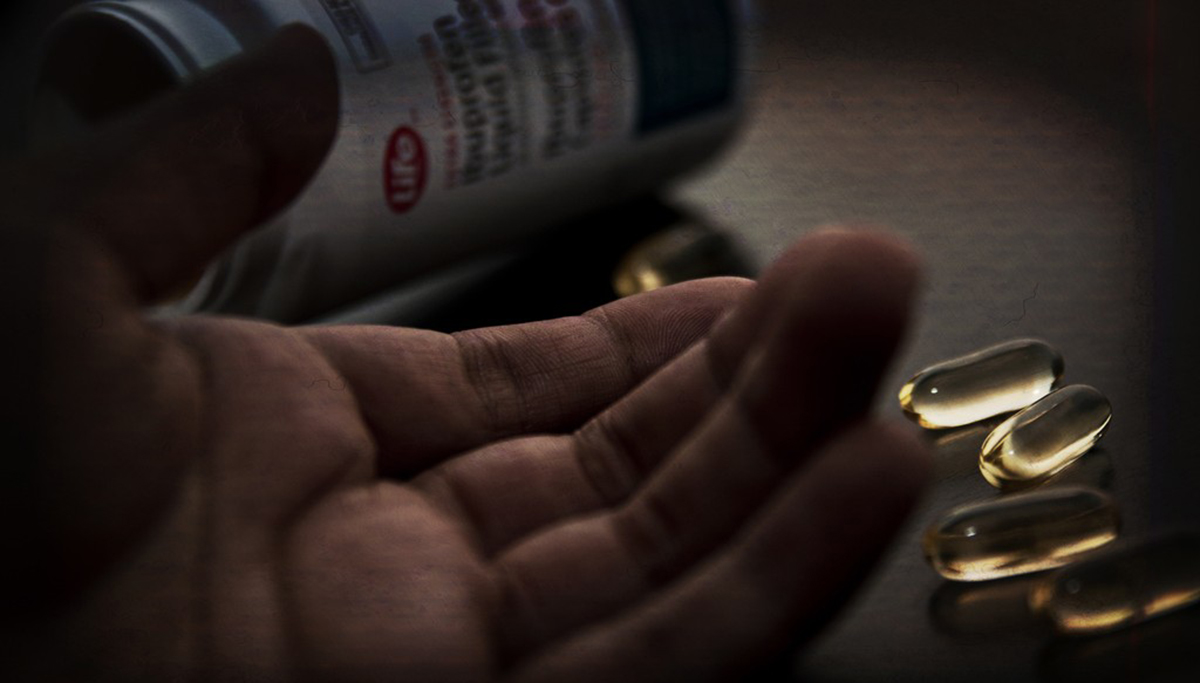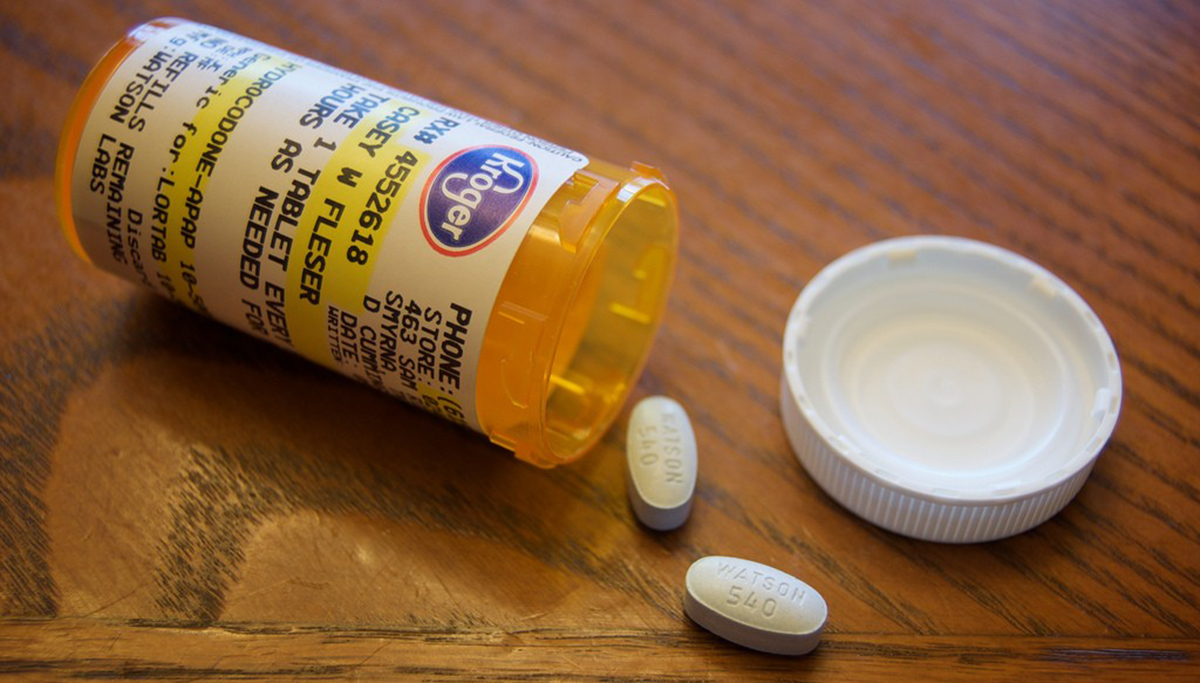Millions of people suffer from chronic or acute pain each day. Various types of narcotics, also referred to as opiates, are often prescribed, such as hydrocodone and oxycodone. Pain medication is sometimes needed after an injury, surgery or to treat pain from an illness. In some cases, it can be the only thing which reduces discomfort and provides a person with relief. Pain medication has its place in some treatment plans.

How Addiction Starts
Addiction may start for a variety of reasons. For example, some people start taking pain pills due to their medical condition. Overtime, a tolerance to the pain medication develops and more is needed to have the same effect. This tolerance can sometimes lead to abuse and addiction.
Pain pill abuse includes taking medication for purposes other than what is was prescribed for. For example, pain medication may be taken for recreational purposes and not due to pain. Most people at one time or another have some type of pain medication in their medicine cabinets, which makes pills readily accessible. It can be easy to get pain meds from a family member or friend.
Since pain medication is not considered a street drug and is prescribed by a doctor, some people may feel it is safer than other drugs. But addiction and abuse of pain medication is far from safe.
Pain medication taken recreationally is dangerous for several reasons. When opiates are taken as a treatment for pain, the dosage is recommended and monitored by a physician. The patient’s size, age and level of pain is taken into consideration when prescribing a specific drug and amount. But when pain pills are used for recreational purposes, the dose and frequency may far exceed therapeutic doses used for pain.
Although pain medication abuse may include taking the drug in pill form, sometimes it is sold on the streets as a drug to be injected or snorted. When the medication is snorted or injected, it can have an even greater effect on the body and be more potent. Pain medication, which is sold on the street, may also have other chemicals and drugs added to it which make it even more toxic and dangerous.
See Also: Is Oxycontin Abuse Still On The Rise In The US?
Signs of Pain Medication Abuse
Although signs of pain pill addiction may vary, most people will have at least some of the following symptoms of drug abuse.
According to the Mayo Clinic, there are various signs of pain pill abuse including poor coordination, sweating, depression and confusion. In addition, people who are abusing prescription pain pills may also have changes in behavior and personality. For instance, someone addicted to pain meds may start isolating themselves or have excessive mood swings. Some people who have addiction to pain medication may also have changes in their sleep patterns. Some people may sleep more whiles others cannot sleet.
Overcoming Addiction To Pain Pills
Treating Pain Medication Addiction
As with other types of addiction, there is both a physical and physiological component of pain pill addiction, which needs to be treated. Treatment options range from intense inpatient hospitalization to outpatient treatment programs. Drug treatment programs are also available, which treat co-existing conditions, such as a psychiatric condition and eating disorders.

When someone uses pain medication over an extended time, their body becomes physically dependent on it. If the drug is stopped suddenly, physical side effects or withdrawal symptoms can develop. Withdrawal symptoms can be so uncomfortable, it makes stopping the drug very difficult. Some people may continue to abuse the drug, not because they want a “high,” but because they want to avoid the unpleasant withdrawal effects.
An inpatient program and sometimes outpatient treatment may include physical detox from the drug. Although symptoms may vary, withdrawals from pain pills may include nausea, vomiting, muscle aches, shakes, anxiety and sweating. The detoxification process may include medication, which is carefully supervised to help prevent withdrawal symptoms.
In addition to detox, both inpatient and outpatient programs also involve counseling and support groups. Counseling may include education on how to manage drug cravings. Issues that may have led to drug abuse in the first place will also be addressed. Family counseling may also help people learn how to deal with problems that may have contributed to addiction.
Different types of drug treatment programs work for different people. There is not one approach that is more successful than another. Some patients benefit from the support an inpatient program can provide while others do well with outpatient treatment.
Preventing Pain Pill Addiction
Of course, not all people who are prescribed pain medication become addicted. Adequate pain control is an important part of a treatment plan, and patients should not be afraid to take their prescribed medication. There are several things a person can do to prevent becoming addicted to pain pills.
Make sure you learn about the medication that is prescribed. Understating what the medication does and possible side effects helps you know what to expect.
This includes taking the correct amount and at the prescribed frequency. If the medication is ineffective in managing pain levels, it is essential to contact your doctor before increasing the dosage on your own.
See Also: Xanax abuse: Detox and rehab
Follow up with your doctor in order to discuss how well the medication is controlling pain and if you are experiencing any side effects. If your medication is not effective and your doctor is informed, an alternate prescription may be given, which may prevent you from increasing the dosage on your own.
If you do have an addiction to pain medication, help is available. Addiction can be successfully treated. Hospitals, mental health services, drug treatment centers and your doctor can all provide information on drug treatment programs in your area.
- www.mayoclinic.org/diseases-conditions/prescription-drug-abuse/basics/treatment/con-20032471
- www.drugabuse.gov/drugs-abuse/prescription-drugs-cold-medicines
- Photo courtesy of M M by Flickr : www.flickr.com/photos/mukerji/5753430270
- Photo courtesy of Casey Fleser by Flickr : www.flickr.com/photos/somegeekintn/3917289391

